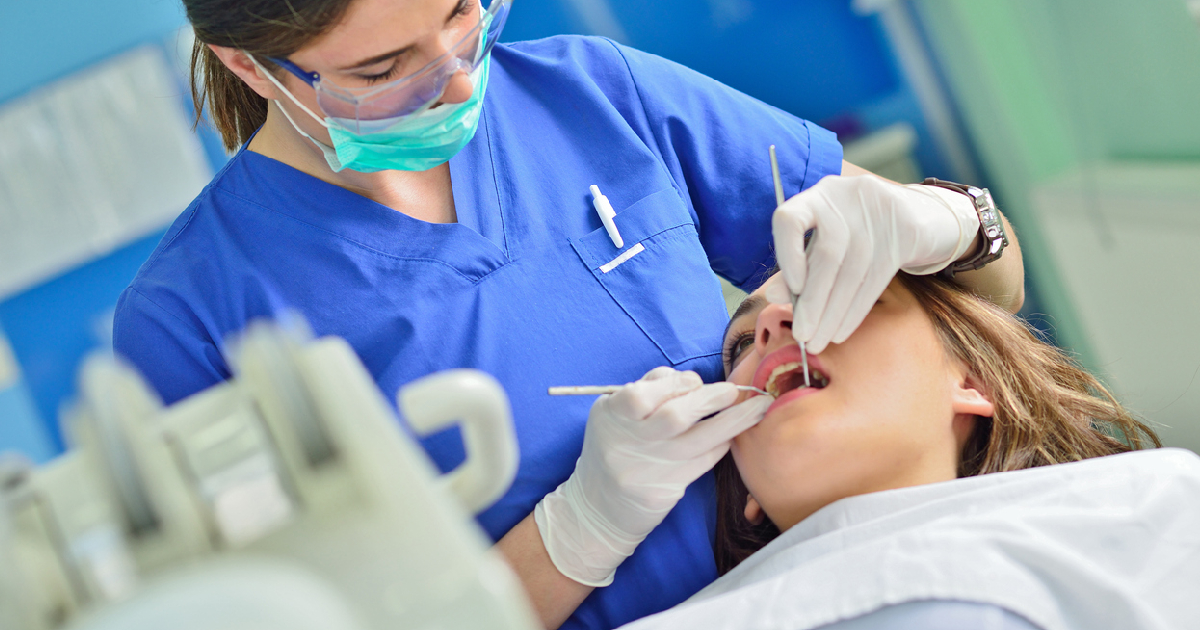A novel dual-hormone artificial pancreas system improves glucose control compared with a rapid insulin-alone artificial pancreas, a Canadian study has concluded.
Researchers from McGill University’s Faculty of Medicine combined pramlintide with insulin as part of an automated insulin delivery system.
Pramlintide is a synthetic form of the hormone amylin. This hormone works to reduce post-meal blood glucose levels by inhibiting the action of the glucose-raising hormone glucagon.
A dual-hormone approach was proposed by Dr Ahmad Haidar and his research team in order to build on current findings from insulin-only artificial pancreas trials.
An artificial pancreas that only uses insulin has been found to improve blood glucose control in people with type 1 diabetes, but daytime control has remained suboptimal. Dr Haidar and his team also tested a rapid system and a regular system.
According to the findings of the JDRF-funded study, the researchers concluded: “Compared with the rapid insulin-alone artificial pancreas system, the rapid insulin-and-pramlintide system increased the time in range from 74% to 84%, whereas the regular insulin-and-pramlintide system did not change the time in range.”
Pramlintide slowed down meal absorption, giving insulin more time to work. As a result, patients using the combination of hormones experienced a significant improvement in the time spent within the target blood glucose range.
Those on both insulin and pramlintide reported a high level of satisfaction and Dr Haidar added: “By improving their glucose control, we can greatly improve their quality of life.”
The scientist is part of a team of 57 researchers which is known as the McGill Artificial Pancreas Lab and is the only group in the country to develop artificial pancreas systems.
Next up, they are working on building a fully automated artificial pancreas, which would eliminate the task of manually entering carbohydrate numbers and activating the insulin pump at mealtimes.
Dr Haidar added: “There has been an enormous amount of interest in the patient community as we develop this second-generation. I’m feeling optimistic about what’s ahead for them. We’re working to make an impact that goes far beyond our lab.
Findings have been published in the journal Diabetes Care.






